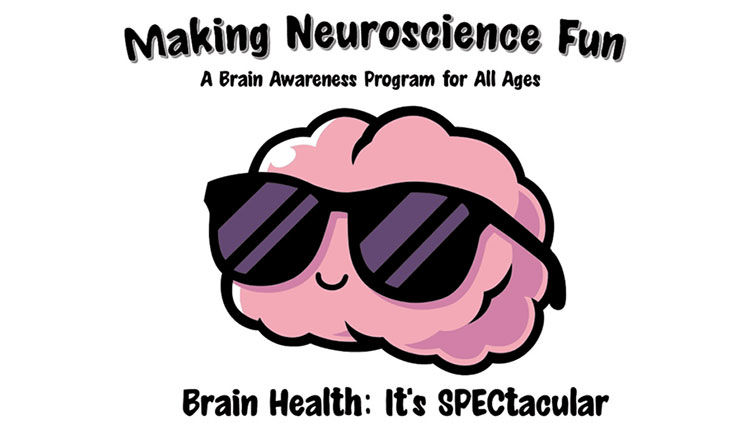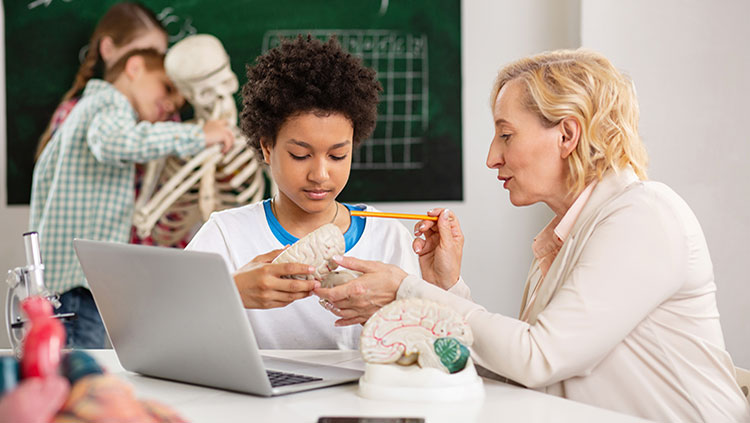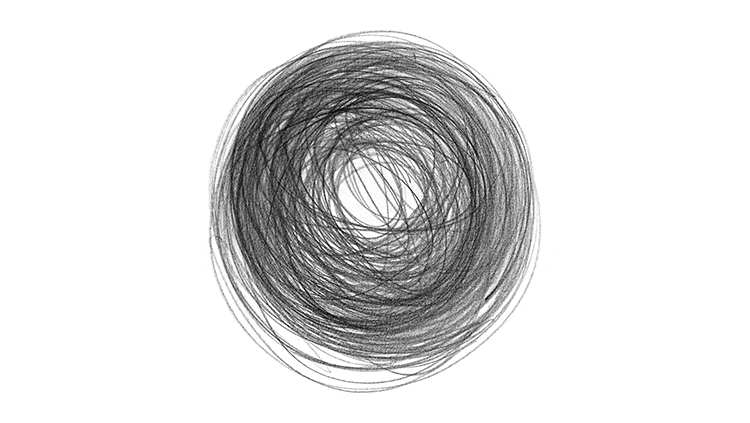Brain Health: It’s SPECtacular (Ep. 6) — How Attention, Learning, and Memory Shape Growing Minds
- Published28 Jul 2025
- Source BrainFacts/SfN
Cognitive function relies on three key elements: attention, memory, and learning. As we take in sensory information, a healthy brain cycles through these processes to create understanding.
In this video, Linda Gorman, neuroscientist and Founder of Making Neuroscience Fun, LLC, explores the neuroscience behind emotional behaviors and how they shape our ability to cope, connect, and thrive. Covering everything from emotional regulation and empathy to brain plasticity and hormonal changes, this talk dives into why helping kids build emotional intelligence is just as important as teaching them math or reading.
Check out other videos in the six-part video series:
- Episode 1: Teaching Social, Physical, Emotional, and Cognitive (SPEC) Skills
- Episode 2: How Social Health Builds the Brain
- Episode 3: How Physical Activity, Sleep, and Nutrition Impact Brain Development
- Episode 4: Why Emotional Health Matters for a Growing Brain
- Episode 5: Teaching Brain Health in Schools and Communities
Explore Making Neuroscience Fun — Brain Health: It’s SPECtacular from Johns Hopkins
CONTENT PROVIDED BY
BrainFacts/SfN
Transcript
Dr. Linda Gorman:
And that brings me to my favorite part of the SPEC health, which is our cognitive behaviors. And that's the "C" in SPEC. I have to explain to kids that "cognitive" is just a big word for being able to think and understand things. But it fit in well with my SPEC idea of SPECTacular.
So basically, we know that between infants and adults, we're learning a lot. We learn how the physical world works, we learn how our minds express or represent it, and how others represent it. And we know that our cognitive behaviors definitely involve our nervous system. What it involves is sensory information coming in, and it also involves information that’s already in your brain — ideas that you have — and basically, that helps you to produce adaptive responses.
Those behaviors are three of my favorite behaviors in the whole wide world: attention, learning, and memory.
And if we look again — I'm going to try to make this brief, because I could talk to you forever on this stuff — but basically, attention is helping us to focus on information that helps us identify changes in our world and stressful events. It involves circuits in the brain. There are three circuits in the brain: our alerting network, which helps us to interact with, increase, and maintain readiness — "something's going to happen, I’ve got to pay attention;" orienting, which involves selecting those stimuli — your brain is constantly bombarded with stimuli, so you have to pay attention to the stimuli that are relevant, that are important to keeping you alive; and then our executive control — being able to take information that’s competing and decide which way to go.
This is basically tied to different types of attention: sustained attention, alternating attention, selective attention, and divided attention. These are all circuits that are in our brain that are active, and they’re developing at birth. You have your orienting network — that’s already there. That allows the infant to respond to stimuli that are out there. You’ve also got a brief little bit of executive control.
As you get older, those networks are changing. Between ages 3 to 12, all the networks are there, but they’re not working as quickly as they do in adults. You know, attention spans tend to grow larger as we get older, except when social media is involved, then it goes back down.
By the time you're 18 to 59, basically throughout your entire adult life, all three of those networks are working, and they’re working very well. They’re working so that you can attend to the stimuli that is important to you, that’s relevant. That tends to decrease as you get older. So that’s one of the things — as you get older, we need to teach people that they need to change how the information comes in. Somebody may tell you something that’s relevant to you, but unless you write it down — gone. So those are the kinds of behaviors we need to change. And again, all of this changes over time.
So attention is important, but also learning. Being able to take information from that, or knowledge from that information that we get — that helps us to acquire the information about the stressful event, the changes in the world. It also allows us to modify our coping mechanisms.
Memory — in order for learning to take place, you have to be able to store it and then get it back, so retrieve it. So that’s important.
Looking at attention, learning, and memory — basically, what you're doing is manipulating information. You're changing that information in your brain. We encode information, we store it either in short-term or long-term, and then we are going to retrieve it.
Now, I can’t even go into all of the different brain areas that are involved, all of the different theories that are involved in learning and memory. We know that whenever you go from a novice to an expert — and again, it’s not just when you go from pre-K to fifth grade, it’s anytime you undertake a new task, you’re a novice — and so you have to use all these different kinds of behaviors.
And what I like about it is that these behaviors can be mapped onto Bloom’s Taxonomy, which I’ve always loved. It’s been modified, but it just has worked forever: remembering things, understanding, applying, analyzing, evaluating, creating. We can now correlate those with the different behaviors that we’ve also known a lot about in terms of the brain areas.
So behaviorism lets you understand and remember. Cognitivism helps you analyze and apply. Connectivism helps you evaluate and create.
And then connectivism — or constructionism, I’m sorry — connectivism helps you to recognize and put things together. The old lightbulb effect, where it’s like, “Ah! I understand, I get it.”
And again, there have been lots of theories of development — Piaget, theory of mind — that basically show this all increases over time.
Now again, looking at brain areas — there are lots, lots of brain areas are involved. There are lots of different kinds of learning, lots of different kinds of memory. We know that all of these things are going to be acting on areas of the brain that are increasing neuroplasticity.
We know learning is important. We know memory is important. We know being able to attend to stimuli and decide whether or not that stimuli is good or bad, that’s important. So basically, it gives us a healthy brain.
So that takes us through the tenets. Cognitive health is basically going to help keep our brain healthy,as is our social, physical, emotional, and of course, cognitive health.
Also In Teaching Techniques
Trending
Popular articles on BrainFacts.org













